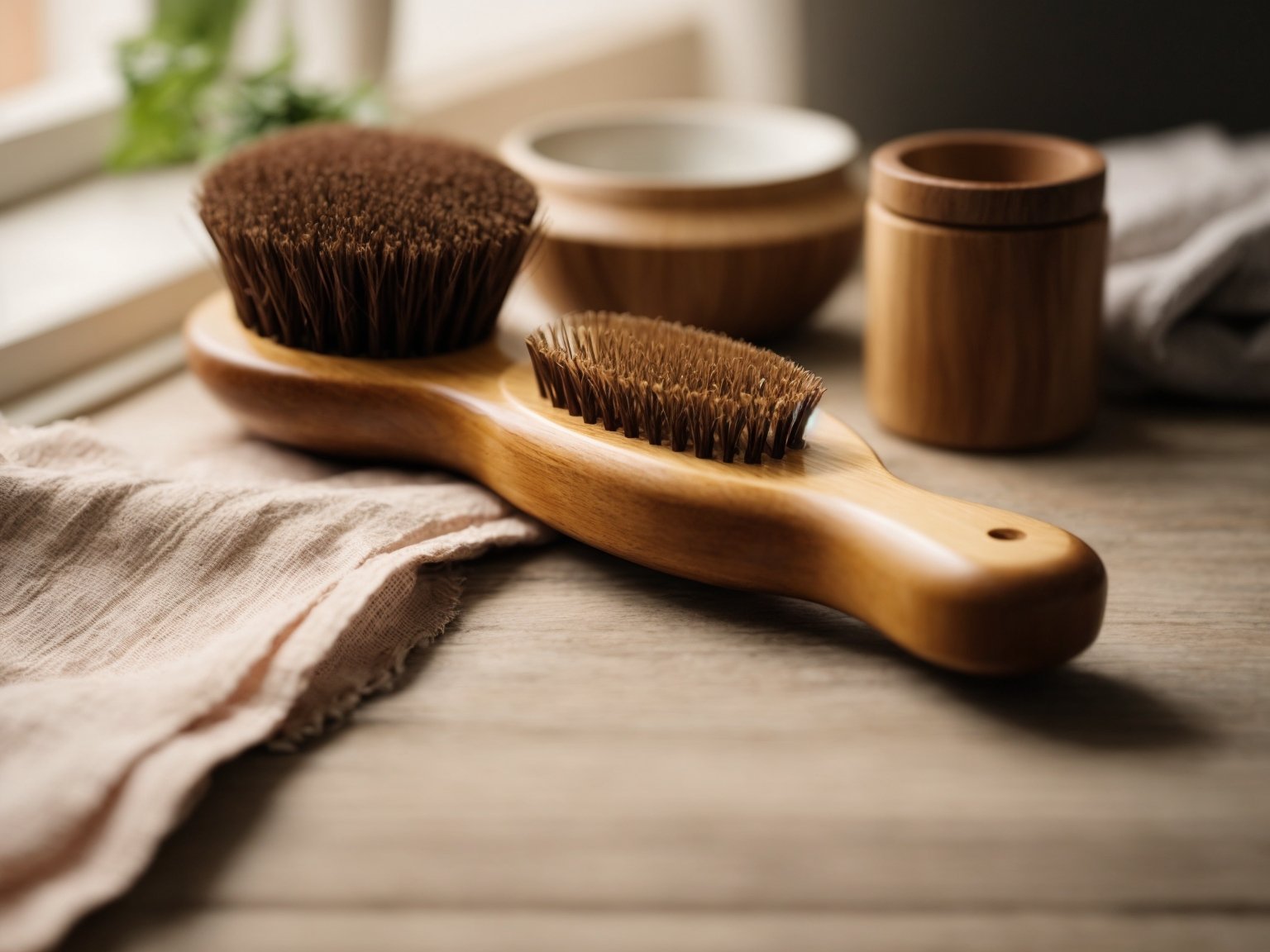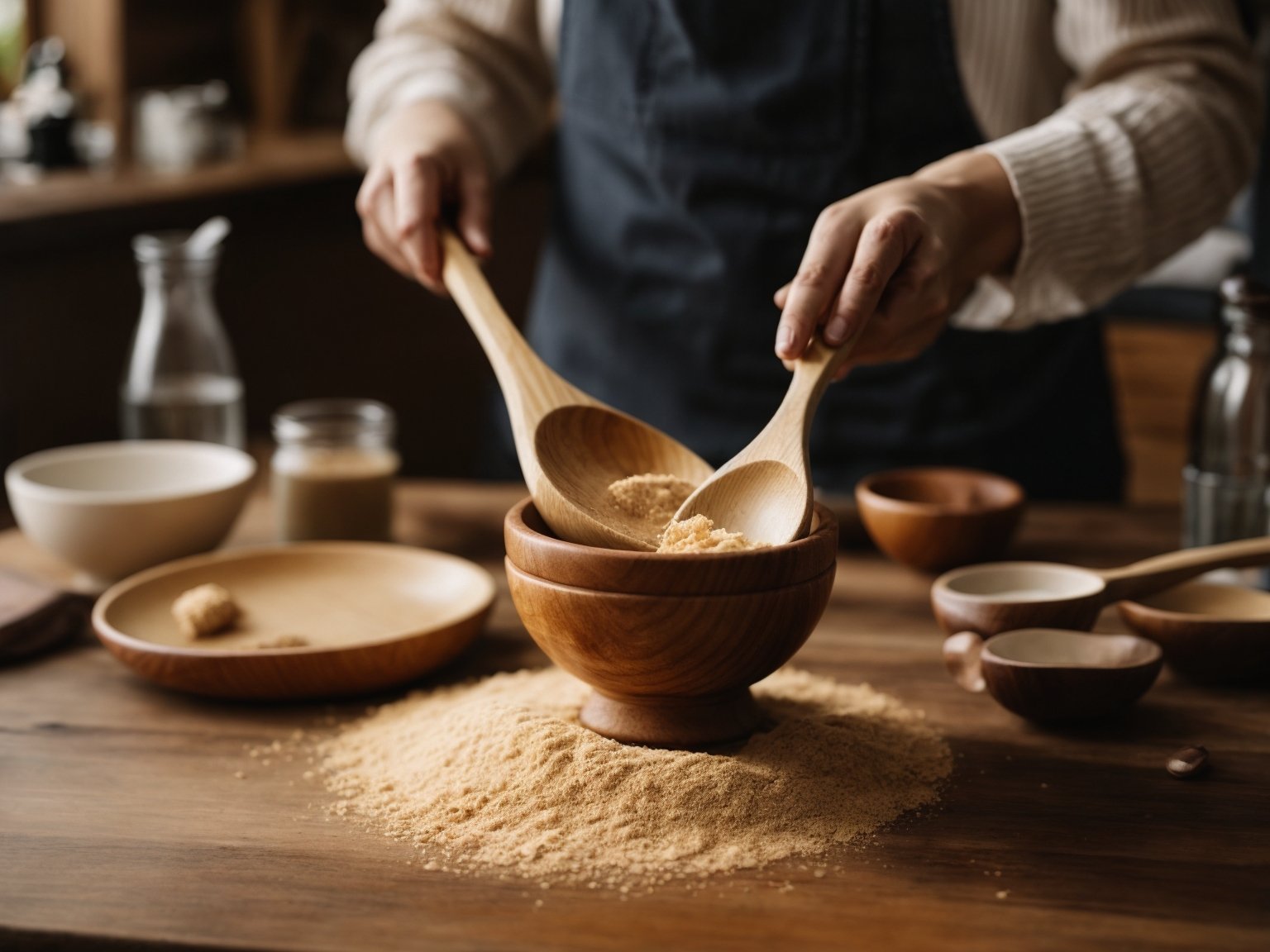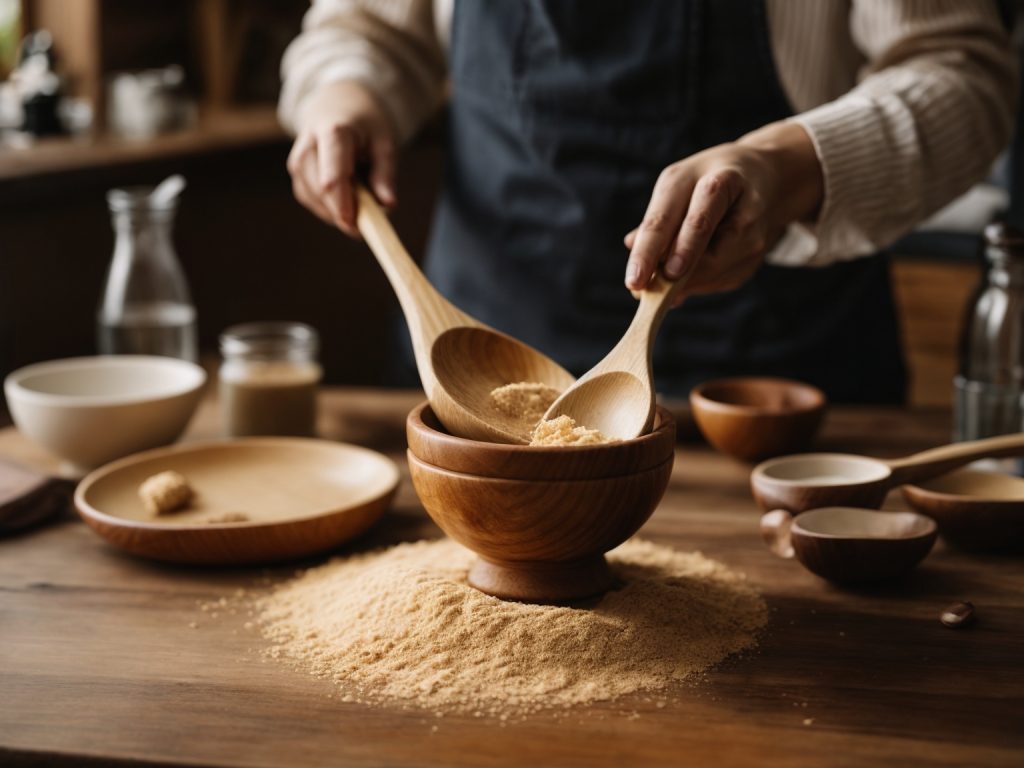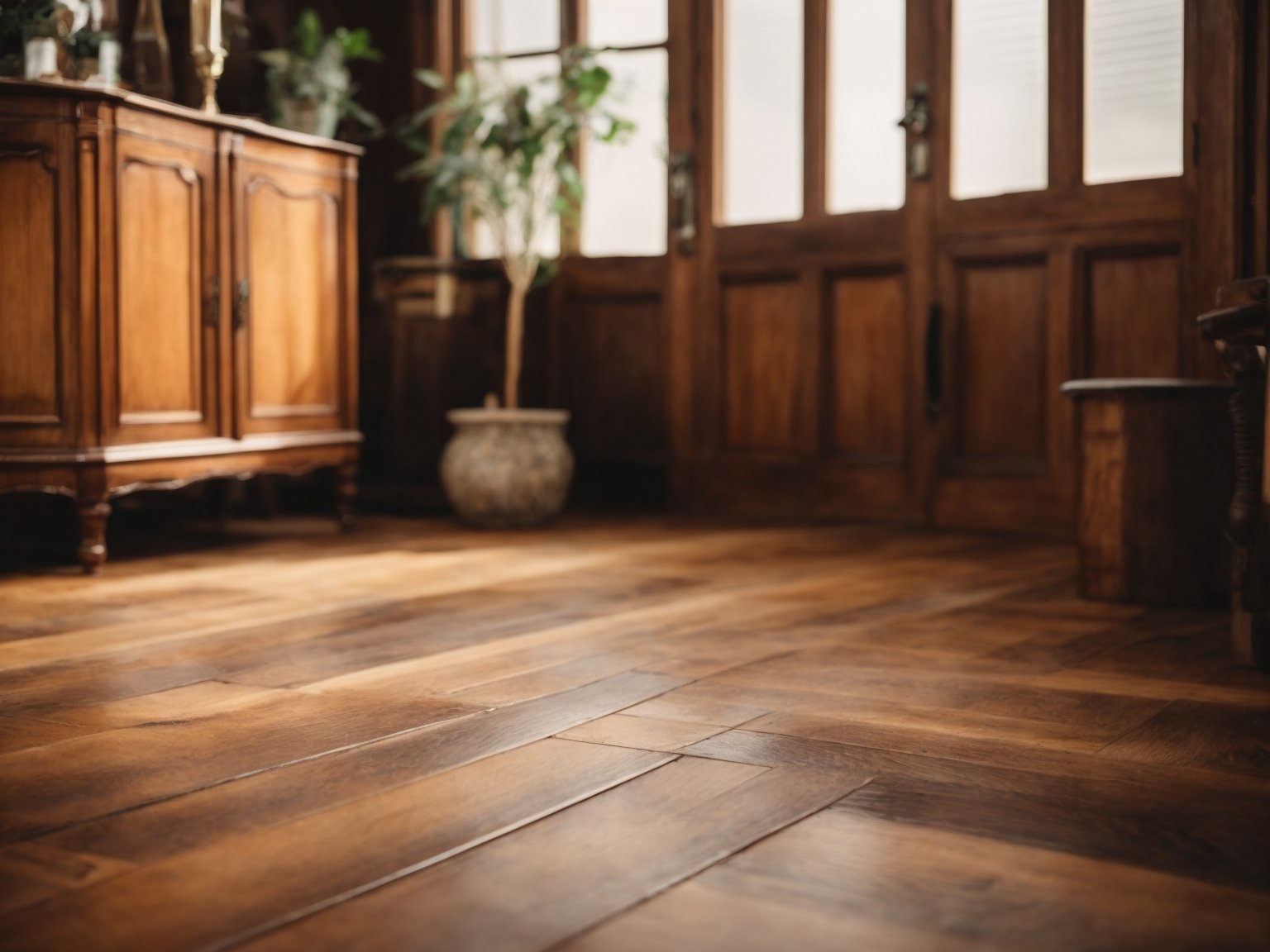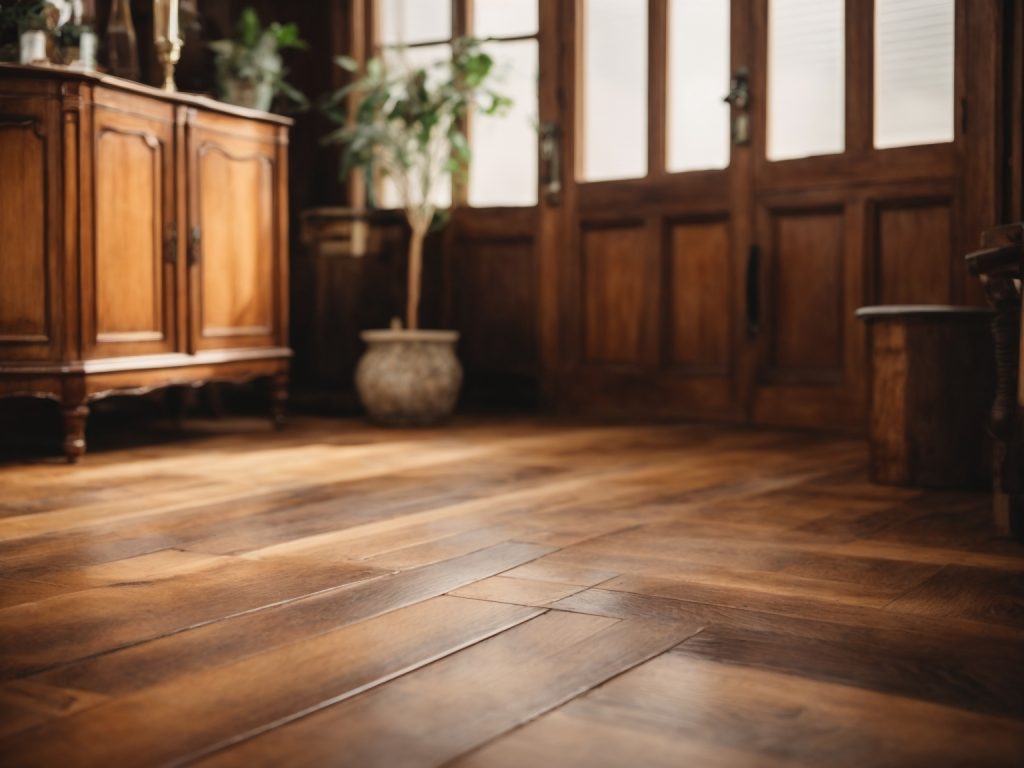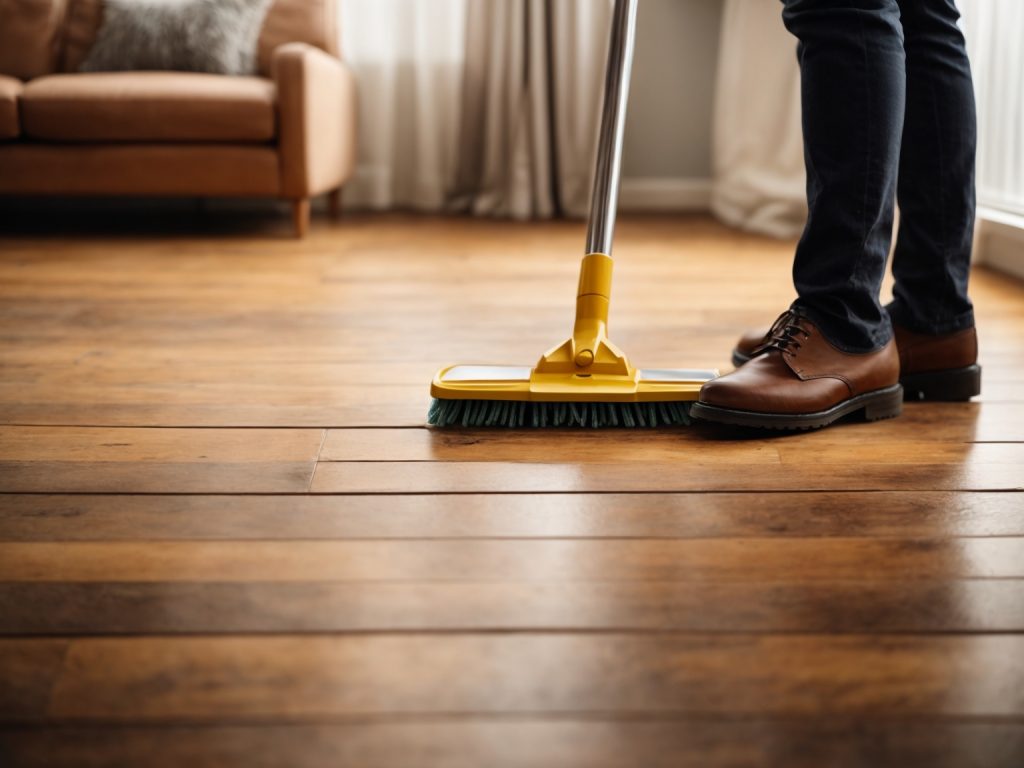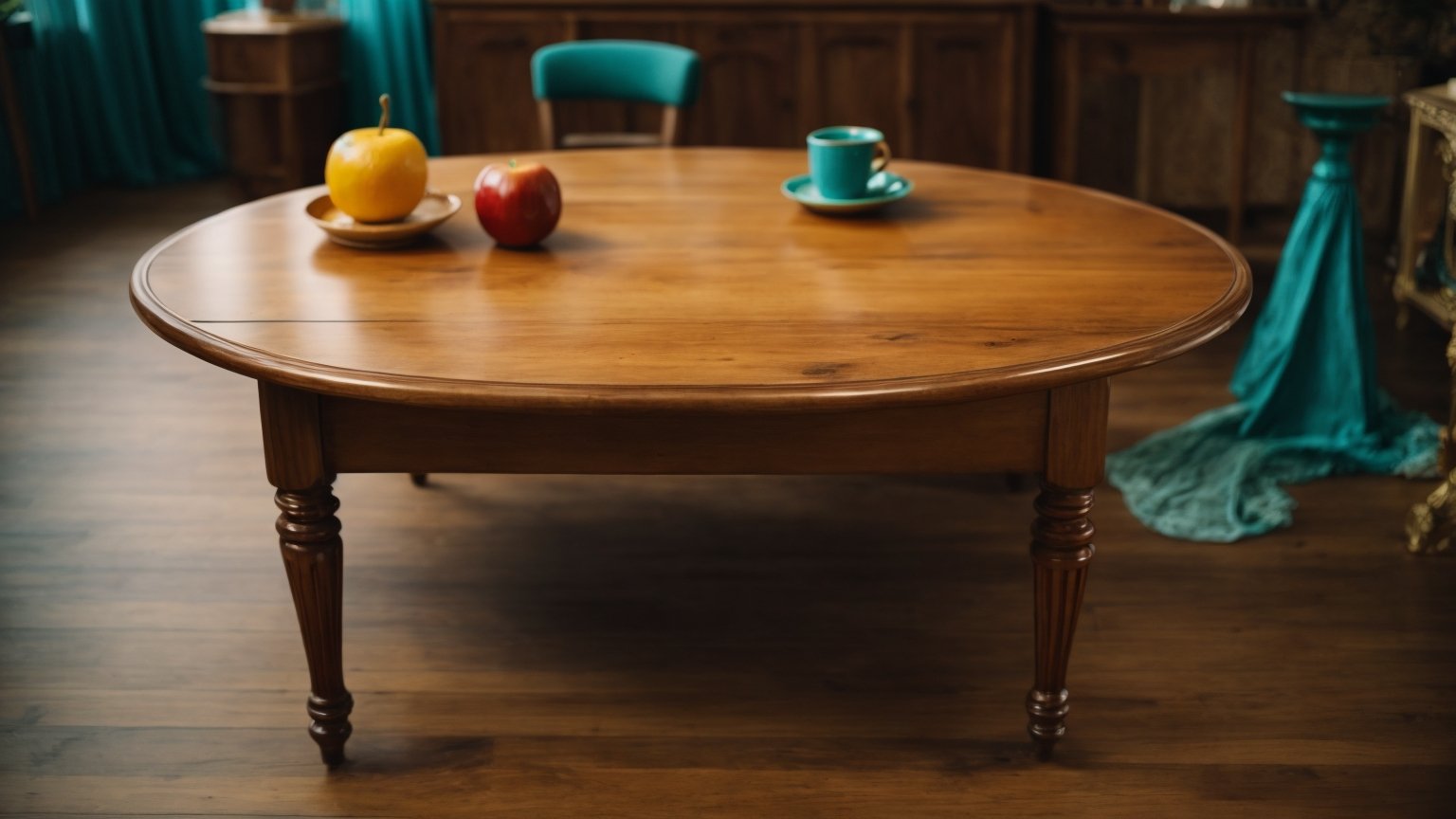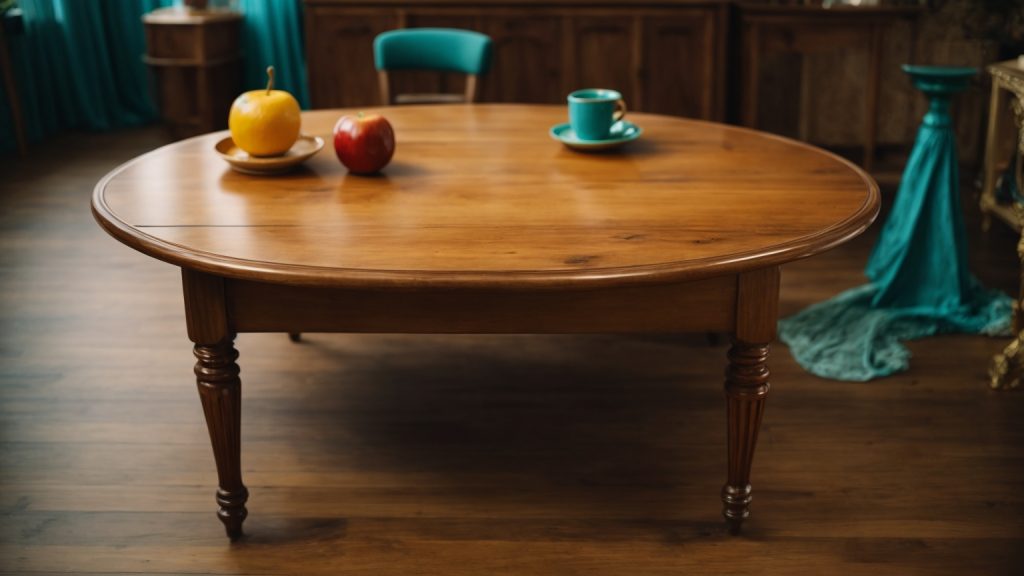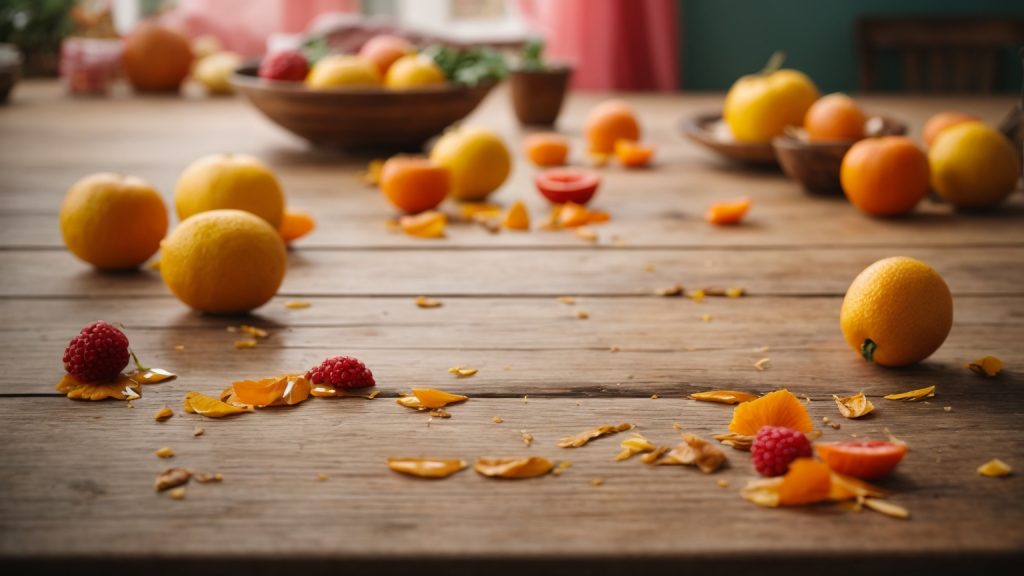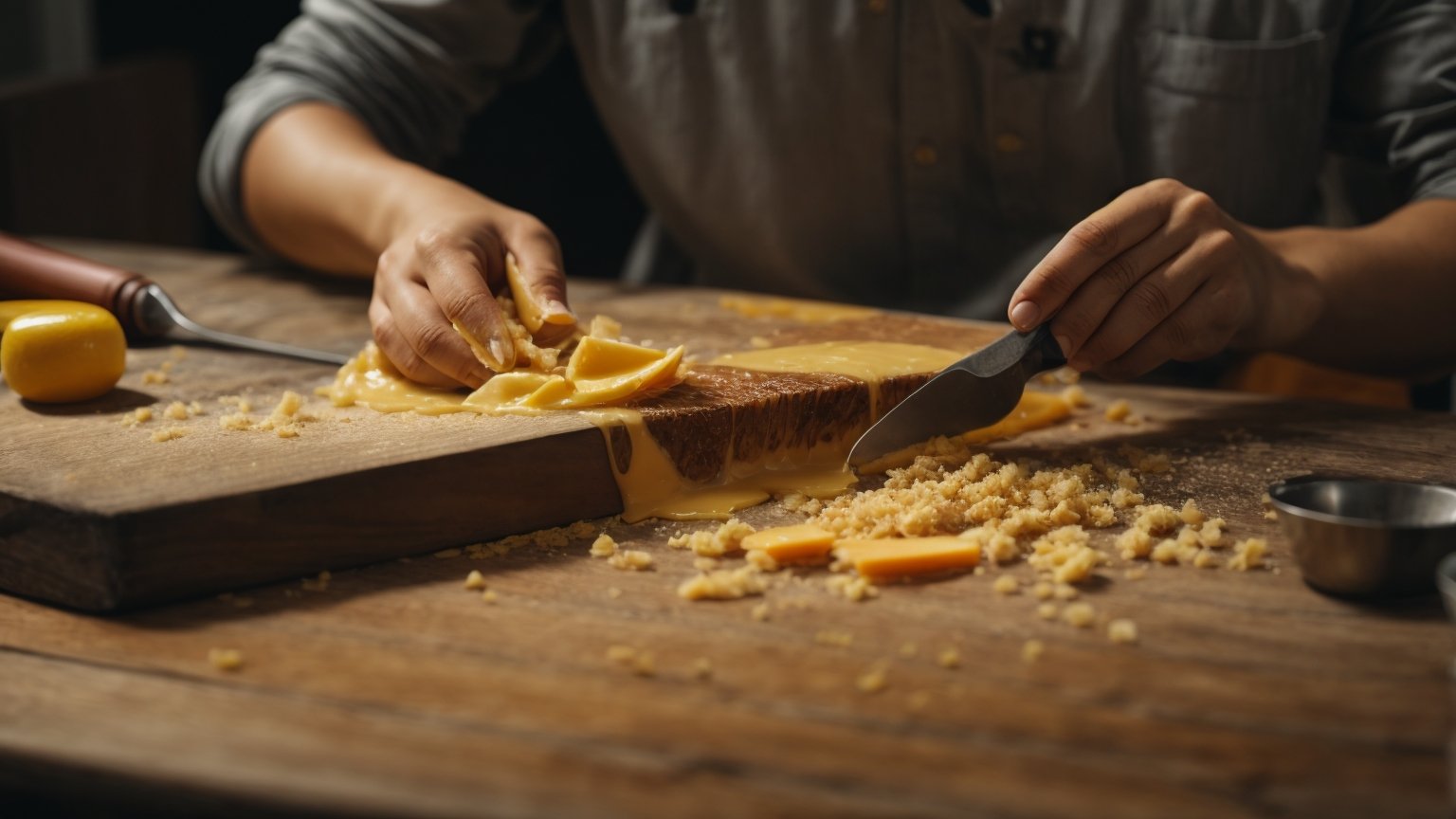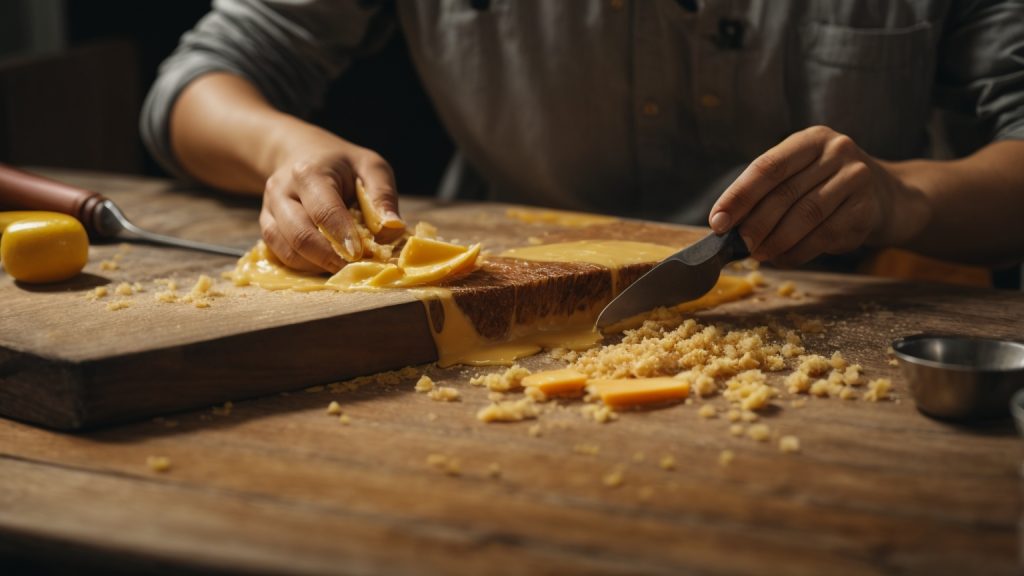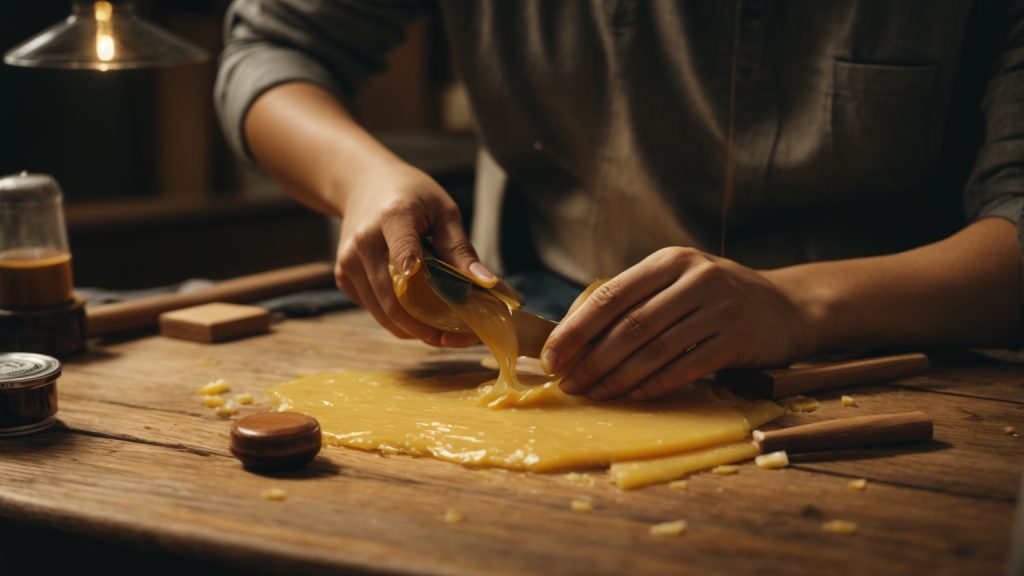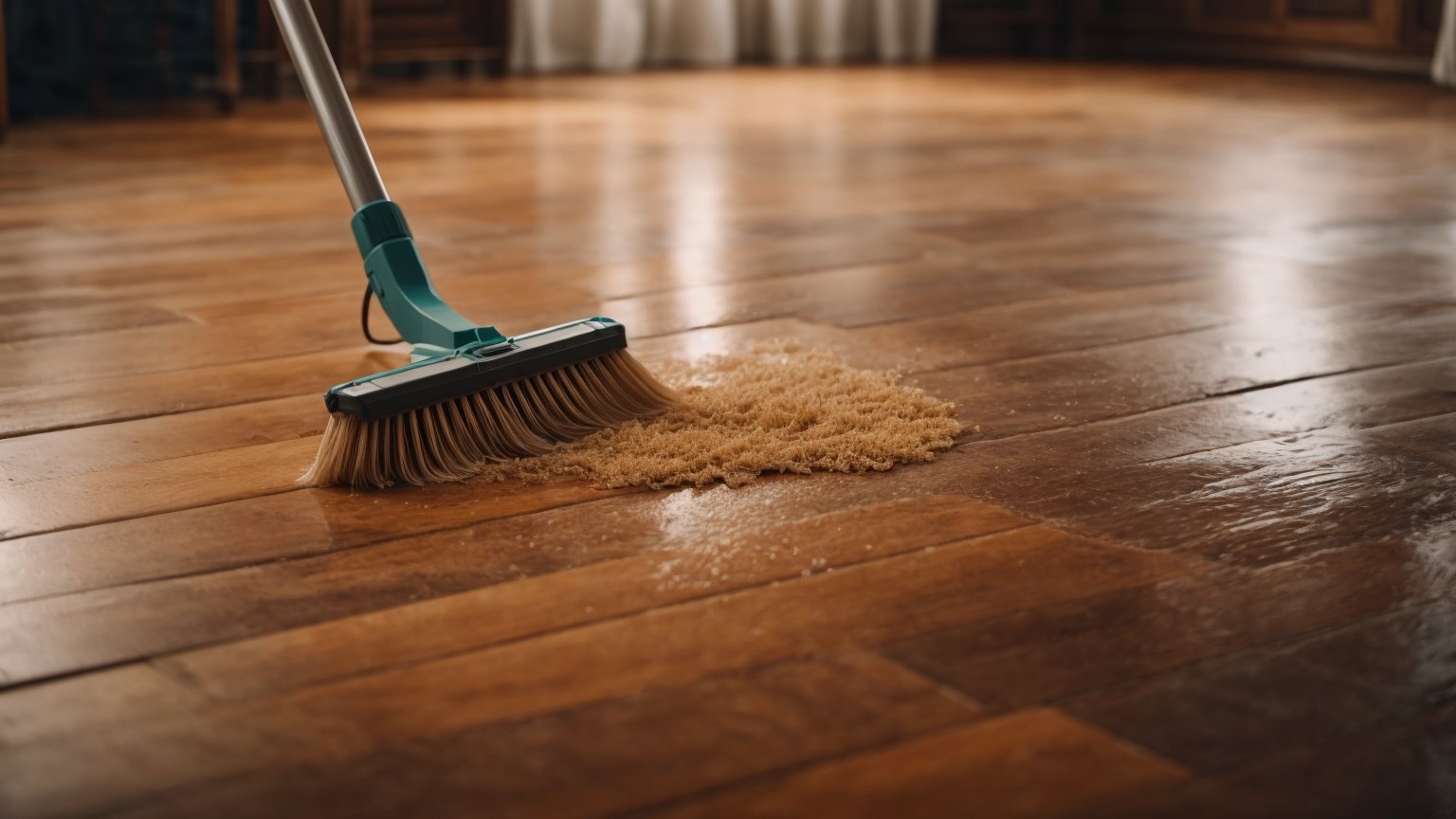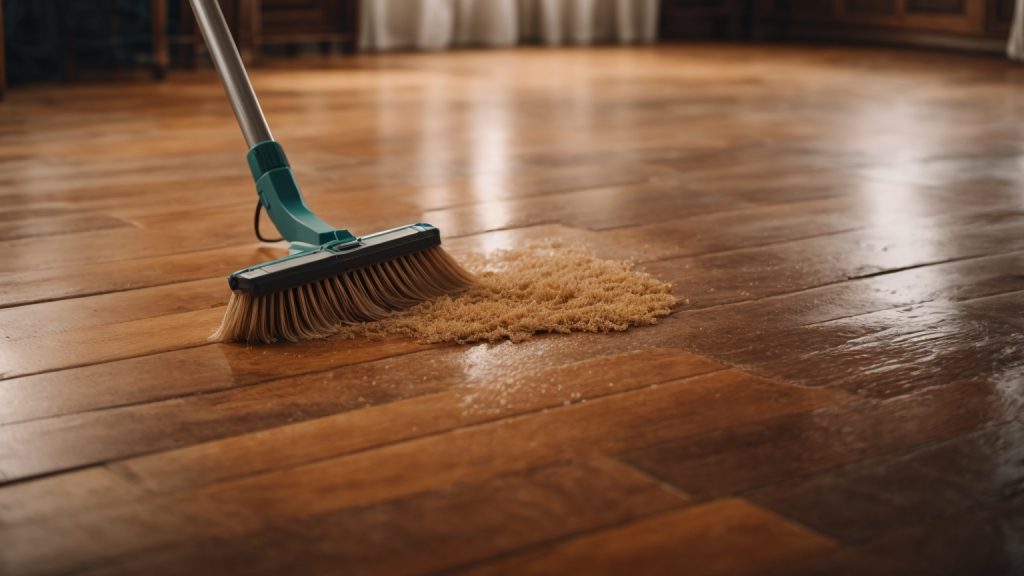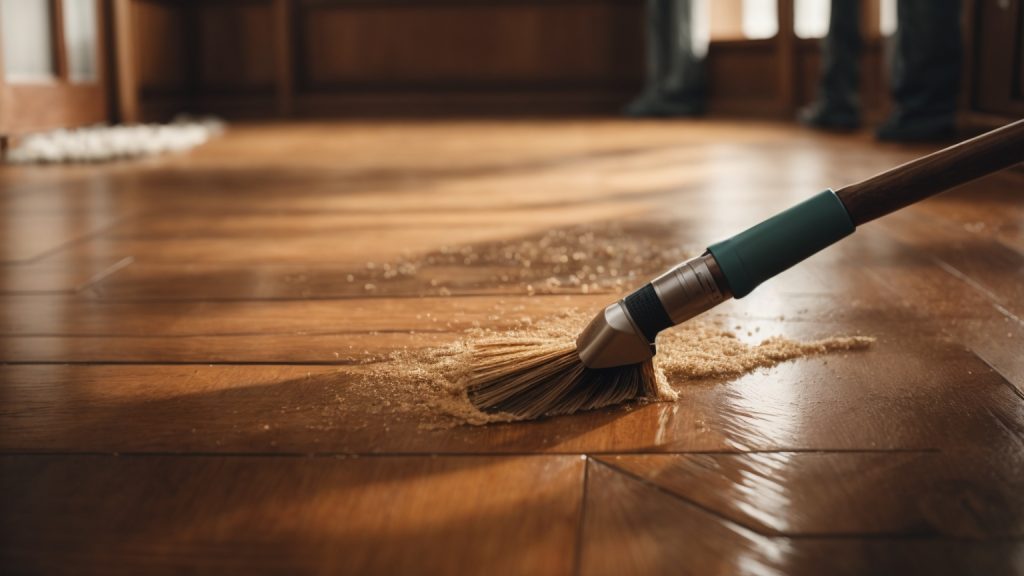Cleaning a wooden hairbrush may seem like a daunting task, but it’s actually quite simple once you know what to do. Wooden hairbrushes are great for distributing natural oils throughout your hair, but they can also collect dirt, oil, and hair over time. To keep your wooden hairbrush clean and functioning properly, it’s important to clean it regularly.
To begin cleaning your wooden hairbrush, start by removing any hair tangled around the bristles. This can be done using a comb or your fingers. Once the hair has been removed, you can begin cleaning the brush itself. One effective method is to mix water and tea tree oil and use a cloth to wipe down the brush. This will help remove any built-up dirt and oil. Another option is to use a gentle shampoo and warm water to clean the brush. Just be sure to rinse thoroughly and allow the brush to dry completely before using it again.
Understanding Your Wooden Hairbrush
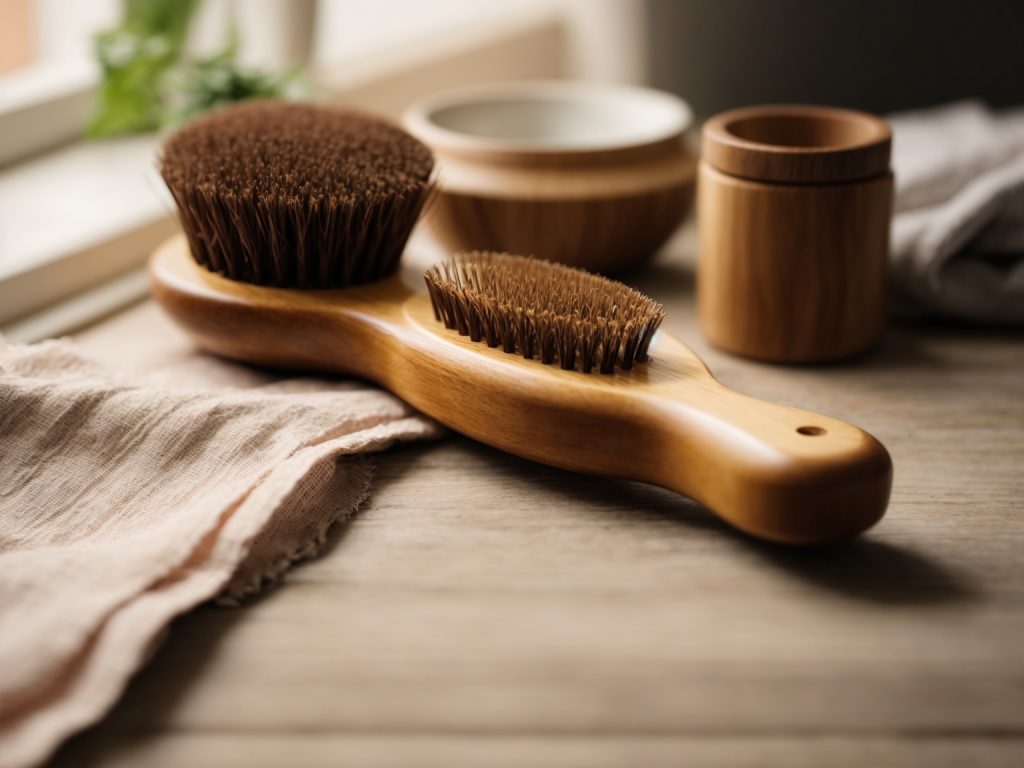
If you own a wooden hairbrush, it’s important to understand how to properly care for it. Wooden hairbrushes are known for their durability and natural bristles, which make them a popular choice among those who want to maintain healthy hair. Here are a few things you should know about your wooden hairbrush:
Material
Wooden hairbrushes are made from a variety of woods such as bamboo, beech, and olive. These woods are known for their durability and ability to withstand wear and tear. The bristles of a wooden hairbrush can be made from natural materials such as boar hair, or synthetic materials such as nylon.
Benefits
Using a wooden hairbrush has several benefits for your hair. The natural bristles help to distribute the natural oils from your scalp throughout your hair, which can help to prevent breakage and split ends. Wooden hairbrushes are also gentle on the scalp, which can help to reduce irritation and dandruff.
Cleaning
Cleaning your wooden hairbrush is important to maintain its effectiveness and longevity. To clean your brush, start by removing any loose hair and debris with a comb. Then, fill a sink or bowl with warm water and a few drops of shampoo. Soak the brush for a few minutes, then use a toothbrush to gently scrub the bristles. Rinse the brush thoroughly and allow it to air dry.
By understanding the material, benefits, and cleaning process of your wooden hairbrush, you can keep it in great condition and enjoy its benefits for years to come.
Why Cleaning Your Hairbrush is Important
Keeping your hairbrush clean is crucial for maintaining healthy hair and scalp. Here are a few reasons why cleaning your hairbrush should be a regular part of your hair care routine:
Prevents Product Buildup
Hair products like hairspray, gel, and mousse can leave residue on your hairbrush, which can build up over time. This buildup can make your hair look dull and lifeless, and can even cause your hair to become greasy and oily. By cleaning your hairbrush regularly, you can prevent product buildup and keep your hair looking healthy and shiny.
Removes Dirt and Oil
Your hairbrush can also collect dirt, oil, and dead skin cells from your scalp. If left untreated, these can contribute to dandruff and other scalp issues. Cleaning your hairbrush removes these impurities, helping to keep your scalp healthy and free from irritation.
Extends the Life of Your Hairbrush
Cleaning your hairbrush regularly can help to extend its lifespan. Over time, dirt and product buildup can cause the bristles to become clogged, making it less effective at detangling and smoothing your hair. By cleaning your hairbrush, you can keep the bristles clean and free from debris, ensuring that it works as well as it did when you first bought it.
By taking the time to clean your hairbrush regularly, you can keep your hair looking and feeling its best. So, make it a part of your hair care routine today!
Gathering The Necessary Cleaning Materials
Cleaning your wooden hairbrush is an essential task to keep your brush in good condition and prevent any damage to your hair. To get started, you will need to gather the necessary cleaning materials. Here are some tips on how to choose the right cleaning solution and select the right tools for cleaning your wooden hairbrush.
Choosing The Right Cleaning Solution
When it comes to cleaning your wooden hairbrush, you need to choose a cleaning solution that is gentle and effective. Here are some options to consider:
- Water and Tea Tree Oil: This is a natural and effective cleaning solution that can help remove dirt, dust, and buildup from your wooden hairbrush. Simply mix a few drops of tea tree oil with water and use a cloth to wipe down your brush.
- Shampoo: You can also use a mild shampoo to clean your wooden hairbrush. Mix a small amount of shampoo with water and use a toothbrush to scrub the bristles of your brush.
- Vinegar: Vinegar is a natural cleaning agent that can help remove buildup and disinfect your wooden hairbrush. Mix equal parts of water and vinegar and use a cloth to wipe down your brush.
Selecting The Right Tools
In addition to a cleaning solution, you will also need some tools to help you clean your wooden hairbrush. Here are some options to consider:
- Toothbrush: A toothbrush is a great tool for scrubbing the bristles of your wooden hairbrush and removing any dirt or buildup.
- Cloth: A soft cloth can be used to wipe down your wooden hairbrush and remove any excess dirt or dust.
- Comb: You can use a comb to remove any hair that is tangled in the bristles of your wooden hairbrush.
By using the right cleaning solution and tools, you can keep your wooden hairbrush clean and in good condition. Make sure to clean your brush regularly to prevent any damage to your hair and keep it looking its best.
Step-By-Step Guide to Cleaning Your Wooden Hairbrush
Cleaning a wooden hairbrush is an important part of maintaining its longevity and functionality. Here is a simple step-by-step guide to help you clean your wooden hairbrush effectively:
Removing Hair from The Brush
The first step in cleaning your wooden hairbrush is to remove any hair that is stuck in the bristles. You can use a comb or your fingers to do this. Simply run the comb or your fingers through the bristles to remove any hair.
Applying The Cleaning Solution
After removing the hair, you can apply a cleaning solution to the brush. You can use a mixture of warm water and mild shampoo or a solution of baking soda and water. Apply the cleaning solution to the bristles of the brush and use a toothbrush to scrub the bristles gently.
Rinsing and Drying Your Hairbrush
After scrubbing the bristles, rinse the brush thoroughly with warm water. Make sure to remove all the cleaning solution from the bristles. Then, use a clean towel to dry the brush. You can also leave the brush to air dry for a few hours before using it again.
Cleaning your wooden hairbrush regularly will help to keep it clean and free from bacteria, dirt, and oils. By following these simple steps, you can keep your wooden hairbrush in good condition for many years to come.
Maintaining Your Wooden Hairbrush
Taking care of your wooden hairbrush is essential to keep it in good condition and prolong its lifespan. Here are some tips on how to maintain your wooden hairbrush:
Regular Cleaning
Cleaning your wooden hairbrush regularly will help remove any buildup of dirt, oil, and hair products. Here are the steps to follow:
- Remove any loose hair from the brush by using a comb or your fingers.
- Mix a small amount of mild shampoo or soap with warm water in a bowl.
- Dip the bristles of the brush into the soapy solution and gently scrub them with a toothbrush.
- Rinse the brush thoroughly with clean water.
- Use a towel to remove any excess water and let the brush air dry completely before using it again.
Proper Storage
Proper storage of your wooden hairbrush is also important to keep it in good condition. Here are some tips on how to store your wooden hairbrush:
- Store your brush in a dry place away from moisture and humidity.
- Avoid leaving your brush in direct sunlight or near a heat source as it can cause the wood to warp or crack.
- If you need to travel with your brush, put it in a protective case or wrap it in a soft cloth to prevent any damage.
By following these simple tips, you can keep your wooden hairbrush clean and in good condition for years to come.
Common Mistakes to Avoid When Cleaning a Wooden Hairbrush
Cleaning a wooden hairbrush may seem like a straightforward task, but there are some common mistakes that you should avoid to ensure that you do not damage the brush or compromise its quality. Here are some of the mistakes that you should avoid when cleaning your wooden hairbrush:
Using Harsh Chemicals
One of the biggest mistakes that people make when cleaning their wooden hairbrush is using harsh chemicals. These chemicals can damage the brush and cause it to lose its natural oils, which can lead to cracking and splitting. Instead of using harsh chemicals, use a mild soap or shampoo to clean your brush. You can also use a mixture of water and vinegar to remove any buildup or residue on the brush.
Soaking the Brush in Water
Another mistake that people make when cleaning their wooden hairbrush is soaking it in water. Wooden brushes are not designed to be soaked in water, as this can cause the wood to swell and crack. Instead of soaking your brush, use a damp cloth or toothbrush to clean the bristles and remove any buildup or residue.
Using Excessive Force
Using excessive force when cleaning your wooden hairbrush can also damage the brush and cause it to lose its natural oils. Instead of scrubbing the brush vigorously, use gentle strokes to clean the bristles and remove any buildup or residue. You can also use a toothbrush to gently clean the bristles.
Not Allowing the Brush to Dry Completely
After cleaning your wooden hairbrush, it is important to allow it to dry completely before using it again. If you do not allow the brush to dry completely, it can become moldy or develop a musty smell. To dry your brush, place it in a well-ventilated area and allow it to air dry completely.
By avoiding these common mistakes, you can ensure that your wooden hairbrush remains in good condition and continues to provide you with the benefits of natural bristles.
